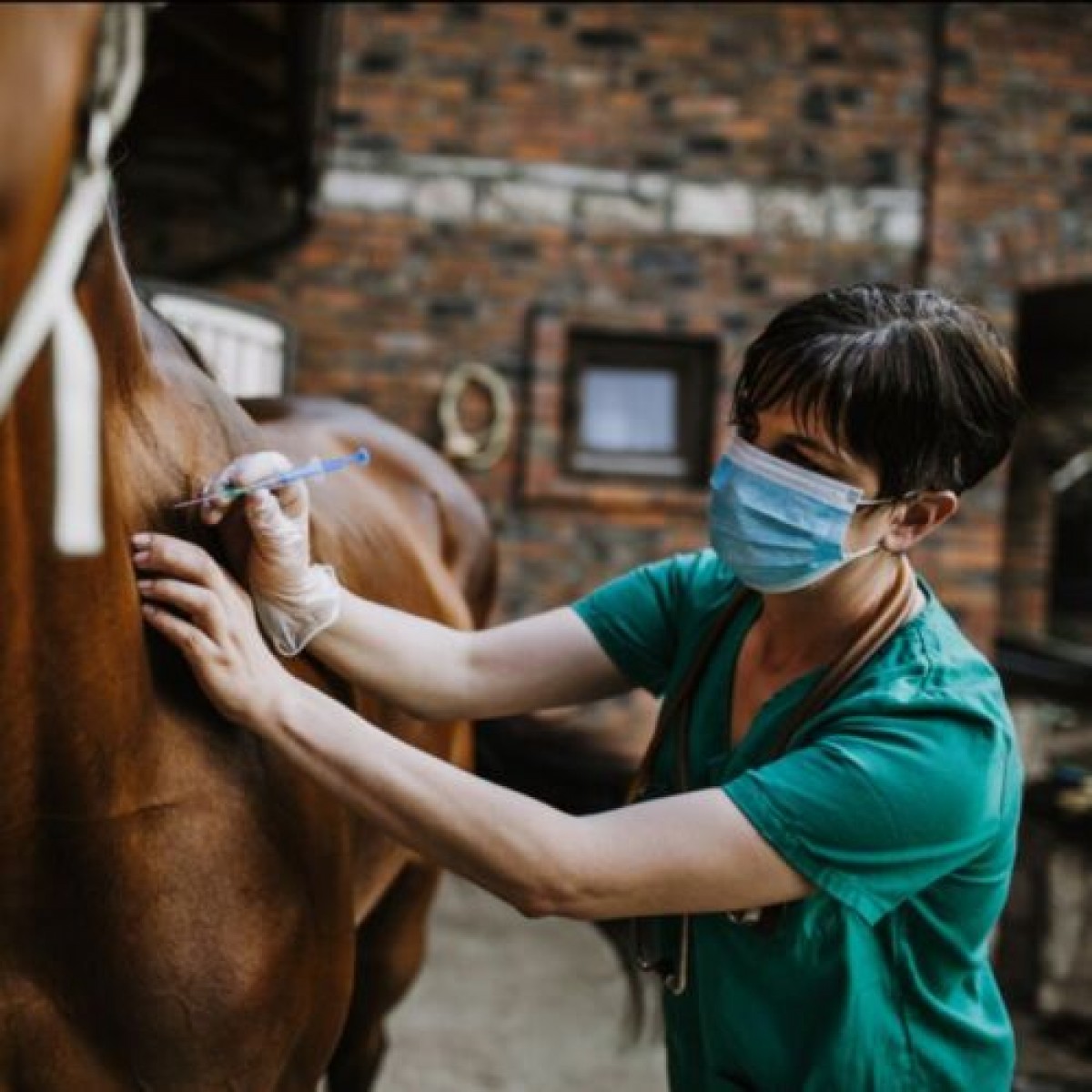Equine genital leptospirosis: Evidence of an important silent chronic reproductive syndrome
Leptospirosis may be associated with important syndromes in equines, including those of reproductive age.
Recently, a research team demonstrated a reproductive syndrome of leptospirosis in ruminants (Bovine Genital Leptospirosis - BGL), that presents its own agent, particular diagnostic methods, and specific treatment and prevention, requiring special attention. Researchers realized that the genital syndrome of leptospirosis may not be exclusive to ruminants and may also affect horses.
The aim of the present study is to gather the available data on leptospirosis in equine reproduction and propose a new genital leptospirosis syndrome in horses, which we have named Equine Genital Leptospirosis (EGL).
The main agent is most probably serovar Bratislava (serogroup Australis), whose role has been increasingly recognized in the etiology of infection, presenting a worldwide distribution. The most probable relevant transmission route in the EGL context is the sexual transmission. Subfertility, estrus repetition, and, less commonly, late-term abortions are the most common effects.
Serology may not be adequate to diagnose this chronic silent reproductive leptospiral infection. As most studies regarding equine leptospirosis investigate urinary samples, EGL is vastly underdiagnosed, and the disease is little studied and underestimated. Therefore, PCR, particularly from cervicovaginal mucus (CVM) and uterine fragments, turns out to be a rapid and definitive diagnosis choice.
In order to mitigate the effects of the disease in equines, triad antibiotic therapy, vaccination and environmental management are essential. Adequate recognition of the particularities of this syndrome may help to highlight its occurrence and contribute to a broader understanding of its clinical manifestations, use of a correct diagnosis and development of novel approaches for its control.
“Equine genital leptospirosis: Evidence of an important silent chronic reproductive syndrome.” Maria Isabel Nogueira Di Azevedo, et al. Theriogenology. 2022 Aug 28; 192:81-88. doi: 10.1016/j.theriogenology.2022.08.029.













List
Add
Please enter a comment